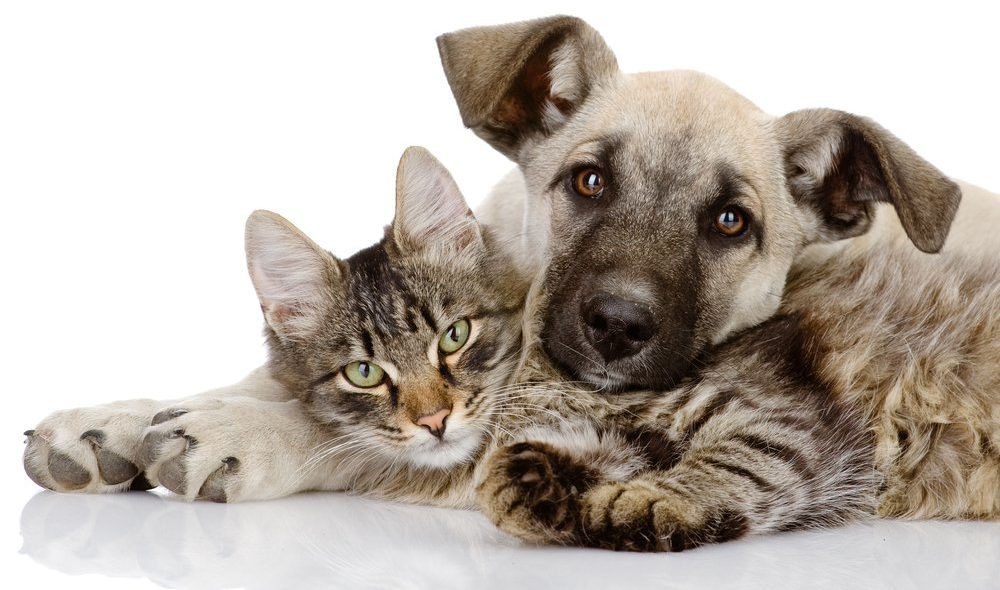Introduction
This pamphlet is presented by the New York State Bar Association’s Committee on Animals and the Law. It is intended as a basic introduction to animal law and animal-related issues in New York State for both the public and lawyers. Each section will provide general information about the topic covered as well as the relevant New York State and federal laws that may apply. Always remember to check your local municipal laws or codes, as your municipality may have its own laws regarding a topic.
“The greatness of a nation and its moral progress can be judged by the way its animals are treated.”
— Mahatma Gandhi
This pamphlet, which is based on New York law, is intended to inform, not provide advice. No one should attempt to interpret or apply any law without the aid of an attorney. For counsel please contact your local bar association. This pamphlet is produced by the New York State Bar Association in cooperation with the Committee on Animals and the Law.

